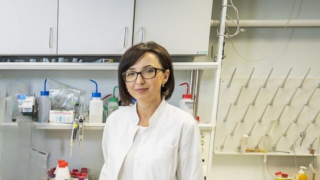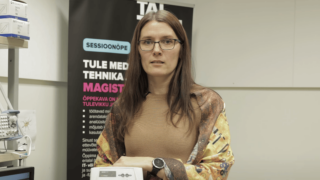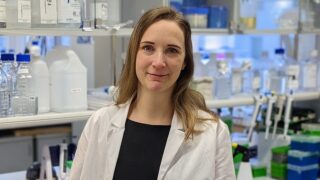
Our research aims at the development and application of new, environmentally friendly, and reliable analytical techniques for environmental, food, biomass, forensic, and clinical analysis. For that, we utilize a wide range of instrumentation tools and technologies.
We strive to contribute to a safer and healthier world by promoting the Green Analytical Chemistry concept in our research.
We develop analysis techniques and procedures to decrease or eliminate solvents, reagents, and other materials that are dangerous to the individual or the ecosystem and provide rapid and energy-saving methodologies. For that, we apply statistical experimental design (DOE) to decrease the number of experiments during the process optimization stage and develop non-destructive cutting-edge analytical technologies, combined with chemometric tools (multidimensional data analysis and modeling), which are almost free of hazardous chemicals and wastes, fast and provide accurate, reliable and consistent results.
R&D in analytical chemistry, services, teaching








